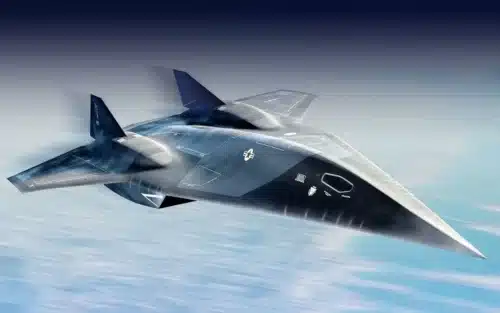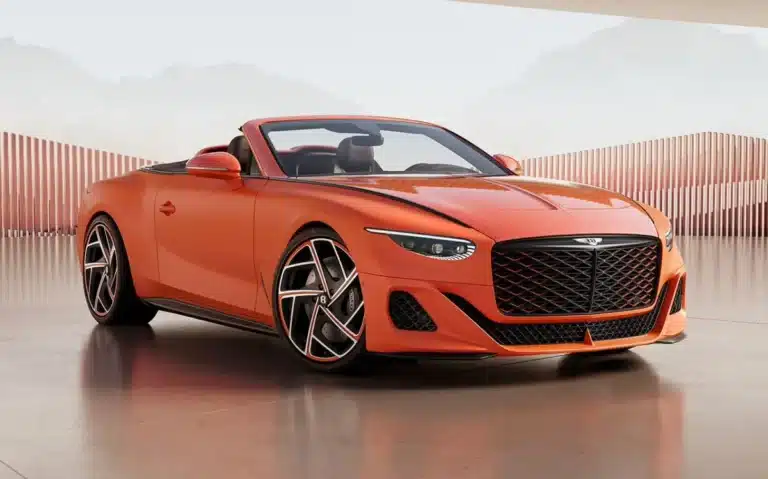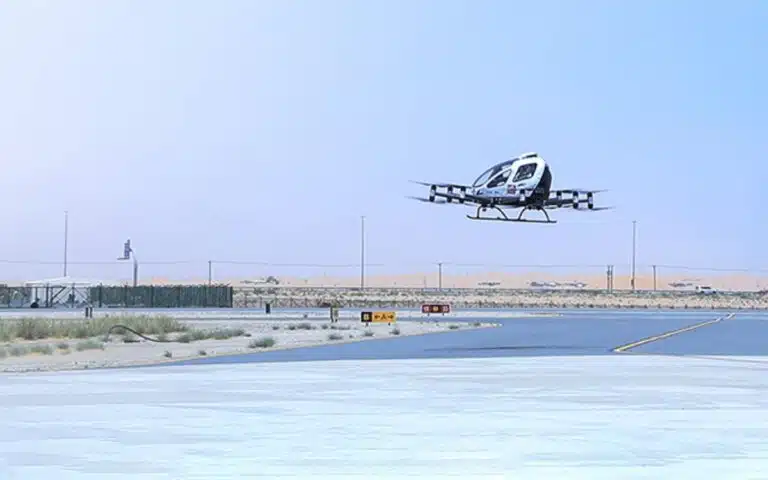Back in 2019, Airbus unveiled an innovative ‘Bird of Prey’ aircraft concept with a bird-like design.
According to the airline manufacturer, the concept was meant to inspire the next generation of aircraft engineers.
Let’s revisit this concept and take a look at how the aircraft would fare in the current aviation industry.
READ MORE! Supersonic nuclear-powered plane would fly from London to New York in less time than a soccer game
Airbus’ ‘Bird of Prey’ design was ‘a theoretical concept for a hybrid-electric, turbo-propeller aircraft for regional transportation.’
Looking at how the aviation industry is slowly transitioning from fuel to electric, the concept is more relevant now more than ever.
Unfortunately, the goal of the Airbus ‘Bird of Prey’ concept wasn’t to seriously bring such an aircraft to market.
Instead, they wanted the next generation of aeronautical engineers to think outside the box.
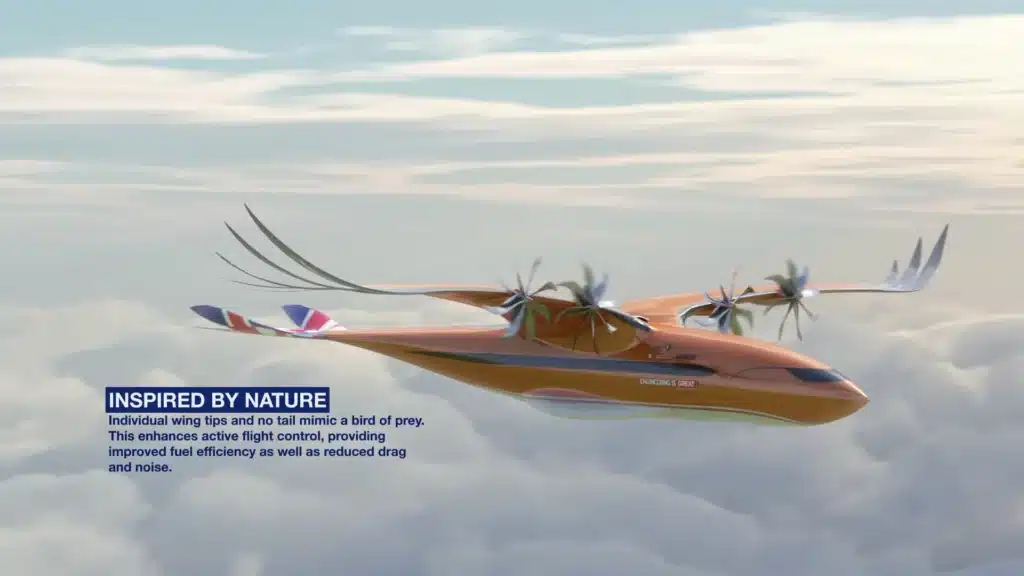
It looks like it worked!
Boeing and NASA are currently working on the Sugar Volt hybrid electric aircraft.
According to Boeing, the Sugar Volt is 70 percent more efficient than a ‘regular’ aircraft.
The Airbus ‘Bird of Prey’ aircraft concept also featured an unconventional design with a blended wing-to-fuselage joint.
“Inspired by efficient mechanics of a bird, it has wing and tail structures that mimic those of a bird of prey, while featuring individually controlled feathers that provide active flight control,” Airbus said.
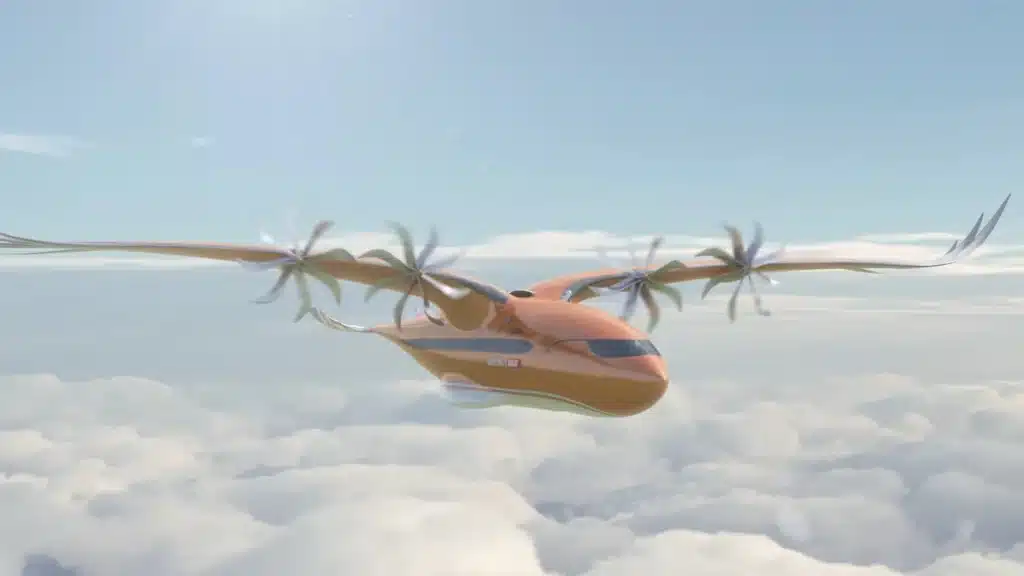
According to the Royal Aeronautical Society, the concept could provide a 30-50% reduction in fuel burn compared to current regional aircraft.
The unconventional design of the Airbus ‘Bird of Prey’ concept also mimicked the graceful and aerodynamic arch of an eagle.
The airline manufacturer came up with the design by implementing biomimicry on the eagle’s wing and tail structure.
They noticed that the broad wings found on eagles contribute to faster flight.
According to Martin Aston, a senior manager at Airbus, through the company’s work on the A350 XWB jet, the airline understands that through biomimicry, nature has some of the best lessons they can learn about design.
Hopefully, we will get to see more futuristic aircraft concepts like these in the future.


